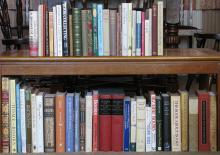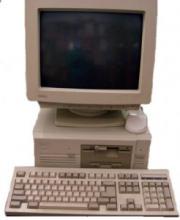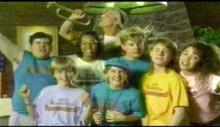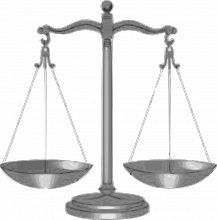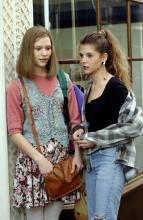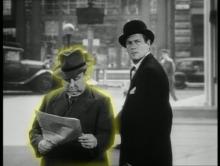Remember Those Paper Things We Used to Read?
The books of today are quite a bit different than those beautiful, handwritten and hand-bound works of art our forefathers created. Today, books are “published” digitally at a rate that surpasses their printed counterparts. From e-books in PDF format to the hundreds of thousands of books on Amazon’s Kindle reader, the days of the printed book appear to be coming to an end.
At Amazon.com, digital books began outselling print books in April of this year, a mere four years after the groundbreaking Kindle was released. When you consider similar trends in music and videos, it makes sense that digital would become the medium of choice.
While Kindle books are fantastic, they lack the intimacy of a printed book. I love my Kindle just as much as the next person, but the eventual fate of printed books seems to me a tragedy of greatest proportions. Though many of the great classics are available in digital format now, there is also a huge influx of lesser quality books. In fact, an entire market revolves around spinning already existing content and creating cheap Kindle books to sell.
Digital books have brought the joy of reading to more people than ever before, but at the same time, they have begun to devalue the written word, much in the way dime smut novels did in the past.
Do you think digital books will cause print books to be completely eliminated?
